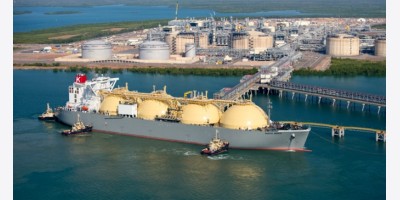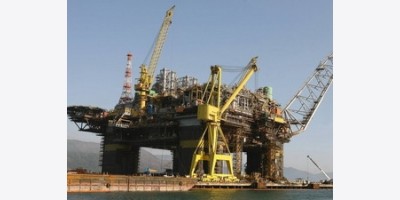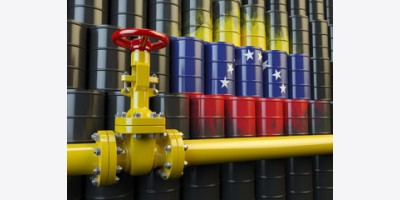The Texas RRC Oil & Gas Production numbers are out. They came out on a weekend this month. All RRC data is through July. The EIA data is through June. Keep in mind that the RRC data is incomplete, that is why the chart lines droop on the end. However the EIA data is from the EIA’s Petroleum Supply Monthly, the data of which the EIA says now comes directly from the states, and reflects the complete best estimate of oil production.
According to the EIA data, Texas crude + condensate peaked, so far, in March and declined in April, May and June. However the incomplete data from the RRC shows production likely dropping sharply in April, up in May then flat for June and July.
Dr. Dean Fantazzini has an algorithm that uses past and present RRC data and predicts what the final data looks like. He has Texas C+C slightly up in July.
Texas crude only shows a similar pattern as C+C and it should since crude makes up, currently, about 87% of the total.
Dean shows Texas crude oil peaking in April but turning up in July.
Texas RRC condensate seems to be slightly up in July.
Dean’s has condensate slightly up in July but flat for the last 8 months.
Make of this chart what you may. It shows the percent condensate varied between 12 and 13 percent but took off in 2010, peaking in 2011 at almost 17% then dropping ever since. Condensate comes primarily from gas wells but some wells in Eagle Ford produce primarily condensate.
Texas total gas still seems to be increasing.
Dean shows Texas total gas sharply down in April but up every month since then.
Texas gas well gas appears to be slightly up since dropping sharply in April.
Texas associated gas, or what the RRC calls casinghead gas, shows a strange pattern, It dropped sharply in April and has increased slightly in the three months since like gas well gas. But the strange thing is it was increasing sharply every month through August 2014 but has run pretty much in place since then.
This chart shows why Texas total gas has been increasing, it is because of a dramatic increase in associated gas. Back in 2008 associated gas was barely above 8% of the total but is at 28% the last two months. The associated gas started its dramatic increase in 2011, right when the percentage of shale oil started it dramatic climb to prominence.
By Ron Patterson



































